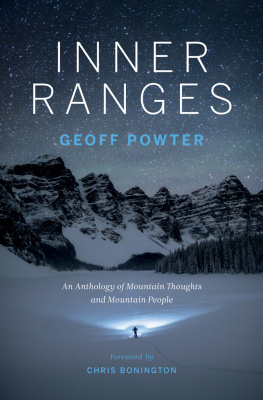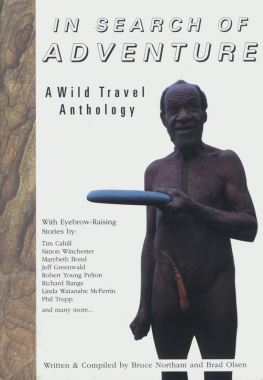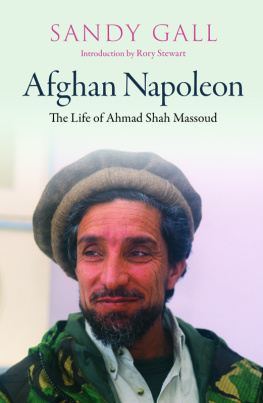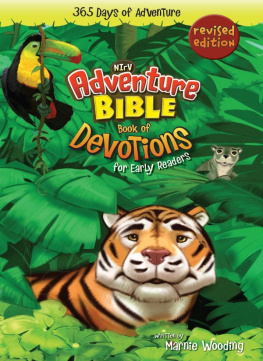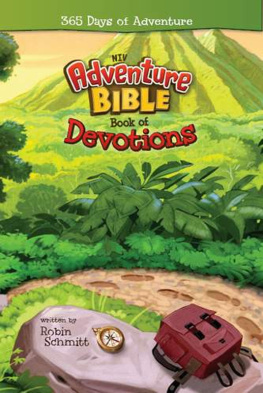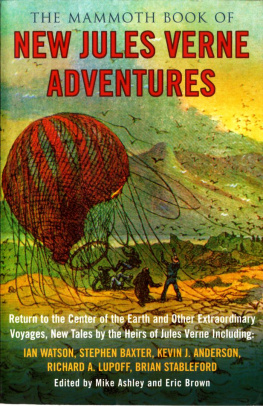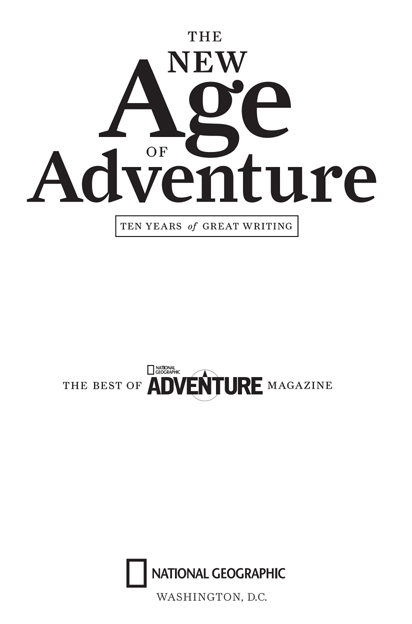Published by the National Geographic Society
1145 17th Street N.W., Washington, D.C. 20036
Copyright 2009 National Geographic Society. All rights reserved. Reproduction of the whole or any part of the contents without written permission from the publisher is prohibited.
ISBN: 978-1-4262-0546-0
eBook ISBN: 978-1-4262-0610-8
Library of Congress Cataloging-in-Publication Data
The new age of adventure : 10 years of great writing / edited by John Rasmus.
p. cm.
ISBN 978-1-4262-0546-0
1. Voyages and travels. 2. Travelers writings. I. Rasmus, John, 1954
G465.N485 2009
808.80355dc22
2009018455
The National Geographic Society is one of the worlds largest nonprofit scientific and educational organizations. Founded in 1888 to increase and diffuse geographic knowledge, the Society works to inspire people to care about the planet. It reaches more than 325 million people worldwide each month through its official journal, National Geographic, and other magazines; National Geographic Channel; television documentaries; music; radio; films; books; DVDs; maps; exhibitions; school publishing programs; interactive media; and merchandise. National Geographic has funded more than 9,000 scientific research, conservation and exploration projects and supports an education program combating geographic illiteracy.
For more information, please call 1-800-NGS LINE (647-5463) or write to the following address:
National Geographic Society
1145 17th Street N.W.
Washington, D.C. 20036-4688 U.S.A.
Visit us online at www.nationalgeographic.com
For information about special discounts for bulk purchases, please contact National Geographic Books Special Sales:
For rights or permissions inquiries, please contact National Geographic Books Subsidiary Rights:
Interior design: Cameron Zotter
v3.1
Contents
INTRODUCTION
By John Rasmus
W HAT IS ADVENTURE ? First of all, its a big idea: On some level, everybody wants their lives to be one. The spirit of adventure makes us want to explore the world, take some risks, and have rich, surprising, memorable experiences. Its driven generations of National Geographic writers, photographers, and researchers, and, for the past ten years, a new generation for National Geographic A DVENTURE magazine. For us as editors its meant a steady stream of great storiesand now this collection of the best of them.
What is the new age of adventure? Ten years ago, at the end of the 20th century, we still had one foot in the classic age of exploration. In our first issue, we paid tribute to geographers Brad and Barbara Washburn, then in their 80s, who literally filled in some of the last blank spaces on the map, from Everest to the Alaska Range. We recognized Ian Baker, who rediscovered the hidden falls of Tibets Tsangpo River Gorge, and profiled Robert Ballard, the great underwater explorer who found the wreckage of the Titanic.
Since then, however, we have been making a subtle transition. Here in the 21st century, as the futurist (and National Geographic Emerging Explorer) Andrew Zolli puts it, we are moving from the age of exploration to the age of conservation. We know that there arent many more blank spots on the map. We understand that we live on a small planet with a thin layer of atmosphere surrounding it, with more people making ever greater use of its resources. The last rain forests are being cut down for timber and agriculture, species large and small are threatened or reduced to small, protected populations. The climate has changed. And so has the mission of the National Geographic Society. Over the past 121 years our mission statement has evolved from promoting the increase and diffusion of geographic knowledgevery much in the spirit of exploration, circa 1888to inspiring people to care about the planet. Its a recognition that if we arent careful, the things we have discovered and valued during the age of exploration can be lost forever. Our stories reflect that reality too.
As you read these pieces, keep that in mind. Some of them, like David Robertss account of the life, death, and rediscovery of George Mallory, are pure old-fashioned adventuresmen and women with big dreams trying to reach the ends of the Earth. Others, like his story about Everett Ruess, a mystery he helped solve after 75 years, have a second dimensionand sometimes a third and a fourth. Sebastian Jungers moving profile of Ahmad Shah Massoud, the great Afghan resistance fighter, reminds us that we dont simply live in a world of heroic causes and ideals, but also of the great costs that come with war. Paul Kvintas Stomping Grounds, on the intrusion of elephants into the human communities of India (or vice versa), examines the enormous challenges of population growth and habitat destruction. Gretel Ehrlichs story of a lost tribe of Siberian reindeer herders is a glimpse of a people whose existence was all but forgottenuntil they were about to disappear. Peter Matthiessens Emperors at the End of the Earth, on the astoundingly harsh lives of Antarcticas emperor penguins, is also a haunting meditation on the hardiness and fragility of life. Laurence Gonzaless stories about people in harrowing survival situations teach us how to tackle big problems, not only when we are lost in the wild, but when life takes unexpected and threatening turns. The survivors secret, he says, is to face the reality of the situation and never give up, even if you know you may not succeed. Good advice as we move from the last great era to the next.
If the subtexts are serious, dont let that fool you: The writers enjoy (almost) every minute of it, and so do we. Often, on their way home from their adventures, they come back through our offices in New York to tell us about them. Sometimes Ill be in my office with the door closed, talking on the phone about three-year plans or looking at layouts, and hear the sounds of incoming writers. Anything from boisterous greetings to muffled howls. Then loud knocking on my door. Deputy editor Steve Byerswho assigned, edited, and selected many of these storieswill be there with somebody whos just back from somewhere, with stuff they cant wait to tell. They come in, and theyre into it. Scott Andersons eyes narrow as he talks about a bar brawl in Lhasa, patting his shirt pocket for a cigarette he cant smoke. Tim Cahill chuckles happily at his own jokes, trying out some of the material well read whenever he turns in his manuscript. Kira Salak matter-of-factly lays out the most extreme stories of mans inhumanity to man and beast, then smiles serenely. As they unspool the tales theyve brought back, sometimes at crazy risk to themselves, they never, ever say they wish they hadnt gone through the hassle of having a great adventure and sharing it with the world. Or more specifically with you, again, right now.


